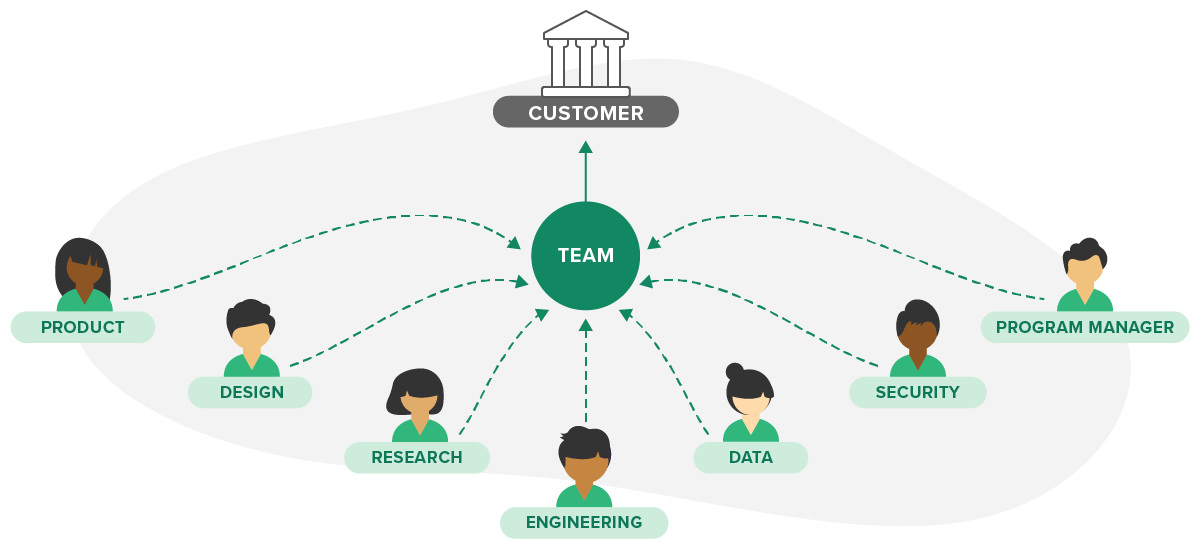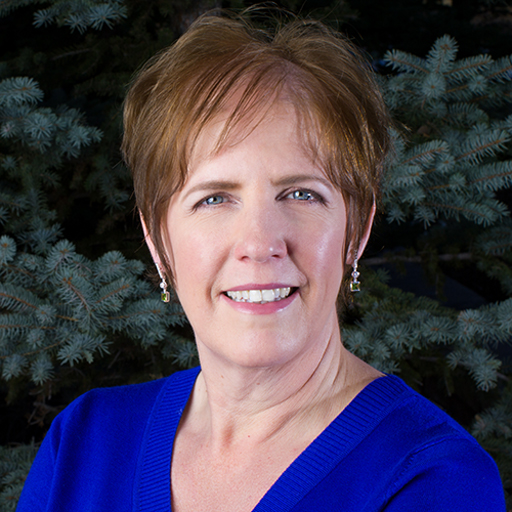There are many different ways to organize people and teams — none of which are perfect.
What matters is that the structures that we put in place are purposely-designed to support the organization’s values and goals. At the same time, companies are always changing and require new models to help them grow and stay successful. Deciding on how these structures should evolve can be challenging, especially during times of rapid growth.
“If we want things to stay as they are, some things will have to change”
Bringing scrappy and civic-minded technologists together to quickly solve problems with the government is still core to Ad Hoc’s DNA, but what started out as just a small “ad hoc” team has now grown to more than 400 people strong in just a few years.
As we grow, we’re experiencing some of the same growing pains that any organization might face as it moves from startup to large company, as well as some challenges that are unique to government contracting. One question we talk a lot about as a leadership team is: how do we grow without losing the best parts of who we are? Or in other words, how do we scale our impact and hire more new people, while still retaining that same entrepreneurial spirit and culture that got us here in the first place?
For us, that has meant doubling down on our people and investing in new structures that promote professional development, technical excellence, and the impact of the digital services we support.
Yes, this process of designing organizations and teams for scale has brought with it new policies and procedures, some of which feel different from our earlier days, but it enables us to do things that we couldn’t done before, like establishing a truly matrixed leadership structure, dual-track career ladders that include pathways for both individual contributors and managers, and adding more specialized roles that enable fast flow across our teams based on the team topologies methodology.
We’re going to talk more about how we introduced each of these areas to a rapidly-growing organization and share our lessons-learned in future posts. But as a start, let’s first talk about how we’ve approached our matrixed leadership structure and what that means.
Introducing the Matrix
As a digital services company, Ad Hoc works with government customers to design and deliver digital services. This involves attracting talented technologists, often from the private sector, to work on public sector challenges and building strong, cross-functional teams that can help our customers solve the right problems in the right ways. These practitioners are experts in many different modalities including engineering, product, design, research, data, security, etc.
As we work with our customers, we pull together one or more teams composed of all the modalities needed to deliver positive outcomes. We believe — and our experiences have proven out — autonomous, cross-functional teams are best equipped to deliver the most successful outcomes.

We want to give our customers confidence that they have the right skills on board to meet the demands of their mission and the needs of their constituents. In order to fulfill this vision, our teams must be well-versed in the best practices that relate to their discipline and team so that they can ultimately deliver effective digital services and the desired outcomes for our customers. This means we need to foster an environment where we can both deliver successfully within the program and foster continuous learning among our practitioners.
Cultivate learning
It can be very easy for an organization, especially a consultancy, to devolve to the point where the company only manages “work product” and doesn’t cultivate people’s mastery of their craft. We recognize that our people are our greatest asset, and so we want to continue to maintain a positive culture where people feel they have a voice, are trusted, and feel empowered.
Maintaining a supportive environment requires leadership to invest in helping people cultivate their craft, and providing actionable feedback so that people can continue to grow. As the size of our organization has increased, and knowing that people’s placement onto a team might be transitory, we wanted to create new, dedicated pathways for professional growth for our practitioners. This change resulted in us introducing a new role into the organization called a practice manager.
Practice managers are senior people within their practice area who have significant mastery of their craft. This created a new mechanism for subject matter experts (SMEs) to pass on their knowledge to the practitioners around them. This new layer of craft-based coaching provides a safe place for practitioners to talk about their career goals and ask for support without that conversation being wrapped up into how they’re performing within the work.
Program managers now guide practitioners to deliver work successfully on their projects and within their teams, and practice managers assist the practitioner to continue to master their craft.

Being intentional about change
The introduction of practice managers introduced a new matrixed leadership structure into our organization, something we didn’t take lightly. We’ve been intentional about this from the beginning.
Matrixed management has had its critics since it was introduced in the 1970s. Many companies have an implicit matrix and don’t even realize it — for example when they have product managers guiding the work within an engineering team. There are many companies operating today who struggle to understand why they aren’t effective and cannot scale. These companies invariably have unclear (and often entirely missing) definitions for roles, responsibilities, and interactions.
There are many well-known organizational design patterns, but the most effective ones are those that are created intentionally. As the complexity of an organization increases, existing structures break down, and new ones need to rise to meet the newly forming needs of the organization.
Because we already have documented the essential functions and competencies required for each role as part of our job descriptions and career ladders, we’re able to align the coaching needs for our teams across both the program manager and the practice manager. A practitioner can now get the support they need to both perform in their job at the program level and master their craft given the standards for their practice area.
Learnings and opportunities
Often, newly minted managers are put into positions where they have to manage all the work and manage all the people. This leaves new managers overwhelmed, and they often decide to step back into individual contributor (IC) roles.
Through the addition of practice managers, we’ve created a path for individual contributors to learn and practice what it means to be a manager in a safe and supportive way. If they decide this isn’t for them, they can choose to follow the IC path within our dual track career ladders.
New practice managers guide only a small number of people, which gives them the space that they need to master these new leadership skills. Our practice managers get coaching on how to master the craft through 1:1 coaching with their own, more seasoned, practice managers and by learning from each other. We love to see those posts that say “Hey, I did this thing that is really resonating with my directs” or “I’m faced with this kind of challenge, can someone advise me?”
Through this team of managers spread throughout the organization, we can now inject clear direction into practitioners across all the programs simultaneously. With 90+ practice managers across our practice disciplines, we’re crafting an ownership-driven organization today and the leaders of tomorrow.
This new leadership pattern doesn’t come without challenges. Imagine trying to train 90+ people to be effective leaders overnight! All our practice managers are coached directly by their own practice manager. In addition to all our managers going through the highly effective HONE leadership training, we also provide:
- Clear roles/responsibilities in the form of a RACI matrix for how program managers and practice managers share coaching responsibilities
- Goal setting and 1:1 templates
- Dedicated Slack channel(s) for practice manager questions and coaching
- Reading lists
- Objectives to focus on — for example, right now we’re working on setting goals in prep for our performance review cycle
There is still much work to be done. We must continue to be intentional about how we run this matrixed organization. In alignment with our natural tendency toward user feedback cycles, retrospectives, and continuous improvement, we’ll continue to refine this structure to ensure it continues to drive the outcomes we desire.
If this sounds like the kind of organizational structure you’d like to work within, we have roles open across the company. Find your place on the Ad Hoc team.



